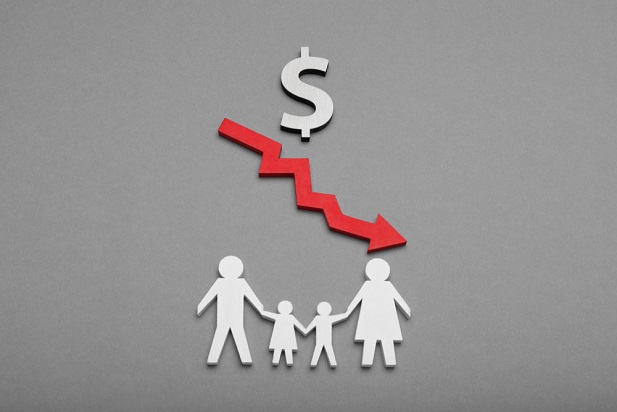 Households among the bottom 20 percent saw their average annual income drop 2.2 percent. (Photo: Shutterstock)
Households among the bottom 20 percent saw their average annual income drop 2.2 percent. (Photo: Shutterstock)
(Bloomberg) — Most households spent more last year amid larger paychecks. But one cohort was left behind.
Households among the bottom 20 percent saw their average annual income drop 2.2 percent to $11,335 in the 12 months ending June 2018 from a year prior, according to data from the Bureau of Labor Statistics.
As income dropped, these households also cut back on consumption and spent 0.5 percent less than the prior year. Still these households with lower income were spending more than they earned, signaling the draw down of savings from a large number of retirees and to a lesser extent the taking on of additional debt.
The other 80 percent of households experienced rising income, with the top quintile of households seeing the highest gains at 5 percent.
The lowest quintile of workers also spent the highest share of income on food and housing. As household incomes increase, a smaller share of money was allocated to the basic necessities. The top earning households distributed the greatest share of income to pensions and personal insurance.
READ MORE:
6 economic predictions for the next 5 years
© 2025 ALM Global, LLC, All Rights Reserved. Request academic re-use from www.copyright.com. All other uses, submit a request to [email protected]. For more information visit Asset & Logo Licensing.







